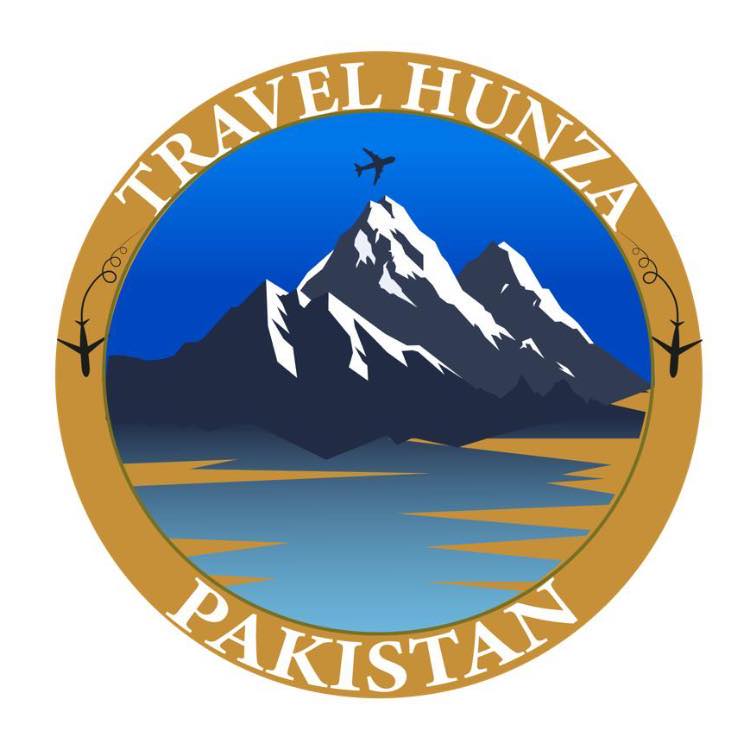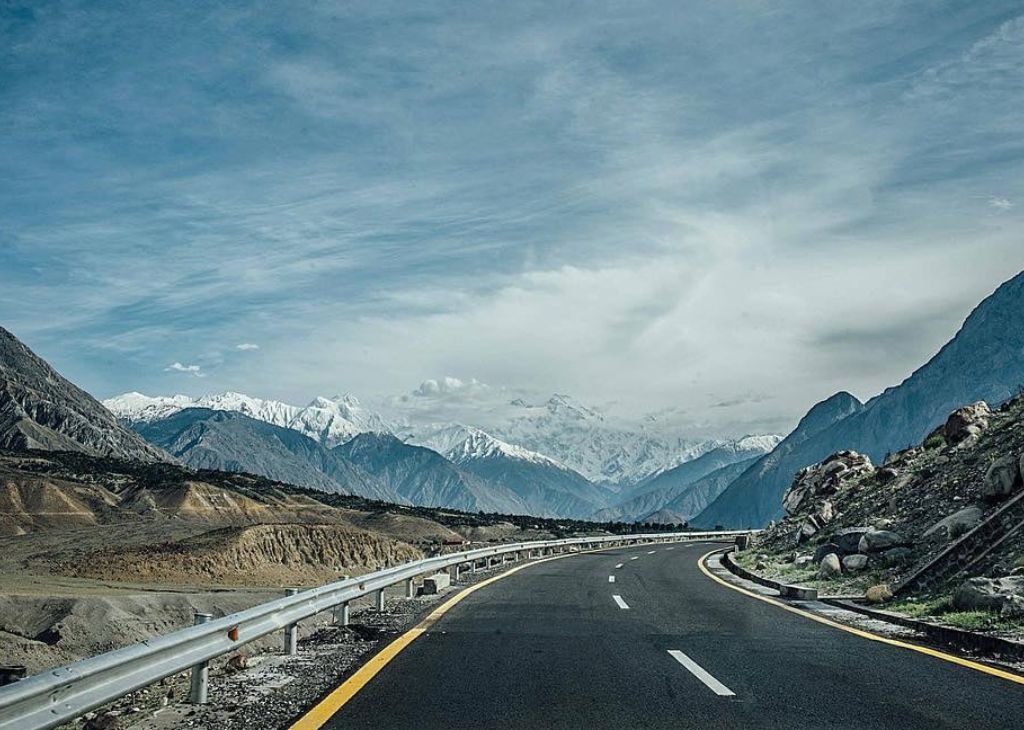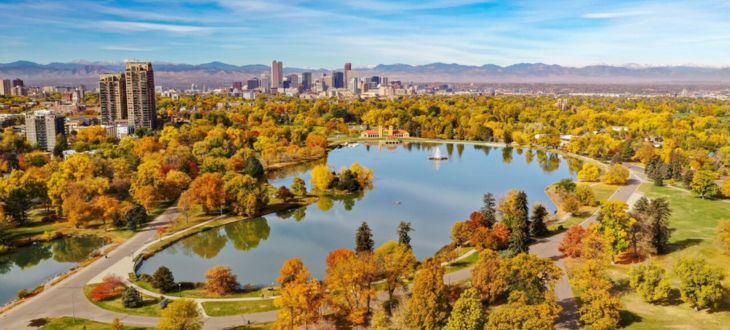From Hunza to Khunjerab Pass: A Scenic Journey to the Roof of Pakistan
The journey from Hunza Valley to Khunjerab Pass is one of the most awe-inspiring road trips in northern Pakistan. Stretching across a distance of approximately 85 kilometers (53 miles), this route takes travelers through a remarkable landscape filled with towering peaks, ancient glaciers, emerald rivers, and charming mountain villages. The trip typically takes around 2 to 3 hours by car, depending on weather conditions, traffic, and roadwork along the famous Karakoram Highway (N-35).
Starting Point: The Enchanted Valley of Hunza

Your journey begins in the enchanting Hunza Valley, often considered one of the most beautiful and peaceful regions in Pakistan. Hunza is nestled along the Hunza River and surrounded by some of the highest mountains in the world, including Rakaposhi (7,788 m) and Ultar Sar (7,388 m). The valley is not only known for its natural beauty but also for the warmth of its people, the rich culture, and its impressive literacy rate.
Most travelers begin the journey from Karimabad, the central town in Hunza, where the ancient Baltit and Altit Forts serve as reminders of the region’s vibrant past. As you leave Karimabad heading north, the landscape quickly begins to transform.
The Legendary Karakoram Highway
The road from Hunza to Khunjerab Pass follows the Karakoram Highway (KKH), a masterpiece of engineering often referred to as the Eighth Wonder of the World. Built in collaboration between Pakistan and China, the KKH winds through the Karakoram mountain range, connecting Pakistan’s Gilgit-Baltistan region to China’s Xinjiang province.
The highway is not only a lifeline for commerce and tourism but also a breathtaking experience for travelers. As you drive along the KKH, the Hunza River flows alongside, and dramatic mountain scenery unfolds around every turn. Whether you’re an adventure seeker, a nature photographer, or a casual traveler, this road is an unforgettable experience.
Scenic Highlights Along the Way
As you head towards Khunjerab Pass, there are several must-see stops and highlights:
1. Gulmit Village
About halfway between Hunza and Khunjerab lies Gulmit, a peaceful village surrounded by orchards and historical landmarks. This area offers incredible views of the Ghulkin and Passu glaciers. It’s also a great place to meet locals and explore the traditional Wakhi culture.
2. Passu Village and Passu Cones
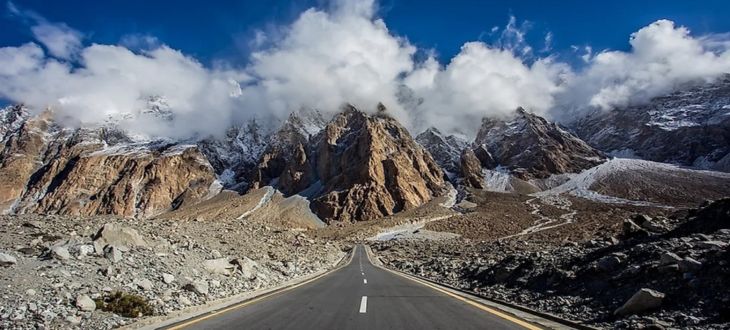
Perhaps the most iconic view on the road is of the Passu Cones, also known as the Passu Cathedral — jagged peaks that rise like a crown into the sky. The village of Passu is a great spot to stop for tea or lunch while enjoying views of the Passu Glacier and Batura Glacier in the distance.
3. Sost
Sost is the last major town before Khunjerab and serves as the customs and immigration post for trade between Pakistan and China. It’s a small but important town where travelers often take a break before making the final ascent.
4. Khunjerab National Park
As you enter Khunjerab National Park, the landscape flattens into alpine meadows and high-altitude plains. The area is home to a variety of wildlife, including the snow leopard, Marco Polo sheep, and ibex, although sightings are rare. You’ll often see marmots and yaks along the roadside.
Destination: Khunjerab Pass
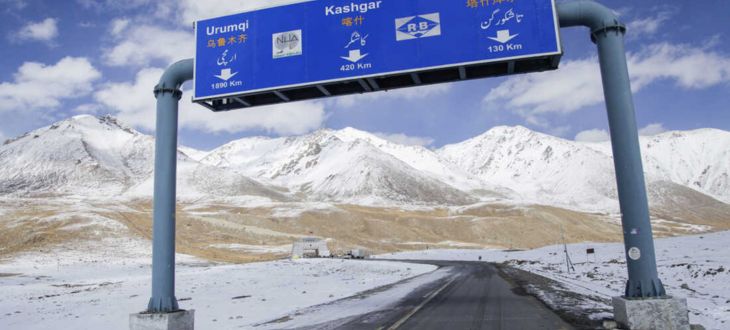
At an elevation of 4,693 meters (15,397 feet), Khunjerab Pass is the highest paved international border crossing in the world. It marks the boundary between Pakistan and China, and the official border gate is a popular spot for photos. The air is thin, cold, and crisp — even in summer — and many travelers report a sense of awe as they take in the vast openness and towering peaks surrounding the pass.
Due to the altitude, travelers are advised to take precautions against altitude sickness. Drinking plenty of water, moving slowly, and limiting physical exertion can help ease the effects.
Travel Tips
- Best Time to Visit: The pass is generally accessible from May to October. During winter, heavy snow blocks access, and the road is closed.
- Permits and Identification: Foreigners are usually required to carry their passports, and in some cases, special permits if they are traveling further into the border zone.
- Transport: You can hire a private car or join a tour from Hunza. Public transport is limited and irregular.
- Clothing: Even in summer, temperatures at the pass can be very cold. Bring warm clothing, gloves, and a hat.
- Food and Fuel: Stock up on snacks, water, and fuel in Sost. There are no shops or fuel stations after that.
A Journey Worth Taking
The trip from Hunza to Khunjerab Pass is not just a journey across 85 kilometers of mountainous terrain—it’s a voyage through time, culture, and some of the most dramatic scenery on Earth. From the lush green valleys of Hunza to the snow-dusted plains of Khunjerab, every moment on this road is a memory in the making.
Whether you’re traveling for adventure, photography, or simply to witness the grandeur of nature, this route offers an unforgettable experience that showcases the best of Pakistan’s northern beauty.
